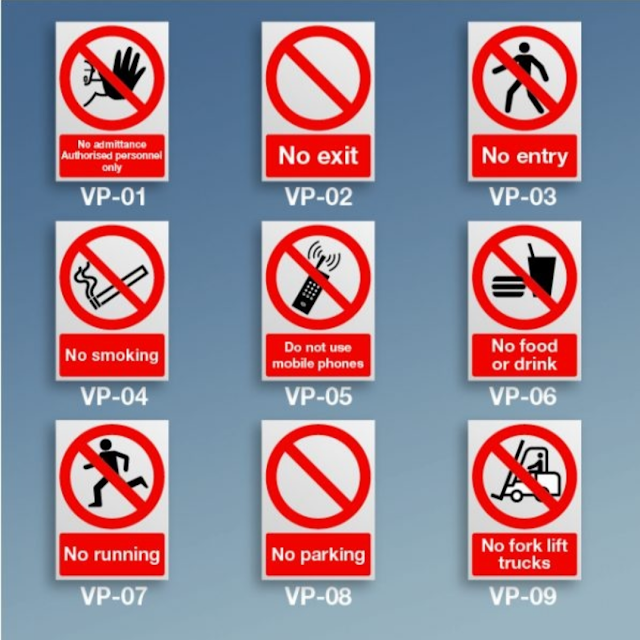Type Of Hemmer
Hammer is classified by weight as follows
1. Hand Hammer2. Claw Hammer
3. soft hammer
4. sledge hammer
5. Power Hammer
1. Hand Hammer
Hand hammer is commonly used for light types of work. They weigh from 0.125 kg to 1.5 kg. Handles are fitted according to weight, The length of which is approximately: 25 to 35 cm.
Because peen and face are used to hit, both these parts are hard and temper. The space between the peen and the face is called post, which is kept soft, so that the hammer is not broken. The hand hammer is separated based on the shape of the peen.
- Ball Pean Hammer
- Cross Pean Hammer
- Straight pean hammer
- Double Face Hammer
(i) Ball Pean Hemmer
The peeler of this hammer is round like a ball, while the face is flattened like the other hammer. It is used for marking, chipping, light bruising etc. Ball peen is most commonly used in riveting.
The goal of the rivet is easily spread around the ball pean due to rounding.
 |
| Ball Peen Hammer |
(ii) Cross Peen Hammer
The face of this hammer is flattened, but the peen remains like the inverted V. The axis of the pean is at 90 ° from the hand. Because of its cross, it is called cross peen hammer. Their weight varies from 0.125 kg to 1.5 kg.
 |
| Cross Peen Hammer |
(iii) Straight Peen Hammer
The face of this hammer is flattened and the shape of the peen is the same as the inverted V. In the straight peen hammer, the axis of the peen is straight as the hand, so it is called straight peen hammer. It is also used to spread the metal to the sides or to hurt directly in the corner. Their weight varies from 0.125 kg to 1.5 kg.
 |
| Straight Peen Hammer |
(iv) Double Face Hammer
The double faced hammer has a face at both ends. It can be used to inflict injury on both sides. In riveting, it is used to hit the big rivet over the cup tool.
 |
| Double Face Hammer |
2. Claw Hammer
This is the hammer used by the carpenter.
In this, an extractor is made by cutting the flanges to trap the flat face on one side and the head of the nail on the other side, which is called a claw.
It does not contain peanuts.
 |
| Soft Hammer |
3. Soft Hammer
When we have to hit the work area such that there is no mark on its surface, then we should use soft hammer.
Soft hammers bear the brunt, as they are not stiffer than the metal of the workpiece. Soft hammers are made from wood, copper, plastic, nylon, raw leather or hard rubber etc.
They are used in mounting or unloading bearings, assembling finished goods, or other similar tasks.
They are of the following types
- Raw Leather Hammer
- Mallet
- Nylon Hammer
- Plastic Hammer
It is made by steel similar to the double faced hammer.
After this, pieces of raw leather are applied on both the surfaces.
The hammer strikes do not create marks due to the leather covered surfaces.
 |
| Rwa Leather Hammer |
ii) Mallet
Hammer made by wood is called mallet. They are mostly used for metal sheet work. Generally rosewood, tamarind, kikar, teak or any other hard wood is used to make it.
 |
| Mallet Hammer |
iii) Nylon Hammer
Nylon is a soft petroleum substance, which has great shock resistance. Nylon pads are tightened on both sides in an iron hammer. This hammer does not mark injury. It is used in good tool rooms, aeronautic shops, etc.
 |
| Nylon Hammer |
iv) Plastic Hammer
It is also made of iron body similar to nylon hammer and plastic pads or rubber pads are fitted on both the ends, so that there is no mark on the work surface. These hammers are used for mild injuries.
 |
| Plastic Hammer |
4. Sledge Hammer
These hammers are used for heavy tasks. In most sheet metal shops, sledge hammers are used in tasks such as beating or forging metal. The head weight of this hammer is from 2 kg to 10 kg and according to the weight of the head, the length of their hand is kept from 50 cm to 1 m.
 |
| Sledge Hammer |
5. Power Hammer
This hammer is used to forge heavy and large jobs. They are run by electric motors. They are also used for mass production.
 |
| Power Hammer |
Precaution while Useing Hammer
1. Hammer should be used according to work.
2. Hammer injury should be killed by precise estimation at work.
3. Extra caution should be used in the use of heavy hammer.
4. Hammer should be used on machines to protect other mechanical parts from shock.
5. While hitting the hammer, it should be ensured that his hand is not loose.
6. There should not be any knot in the hand of Hammer and it should not be torn anywhere.




Comments
Post a Comment